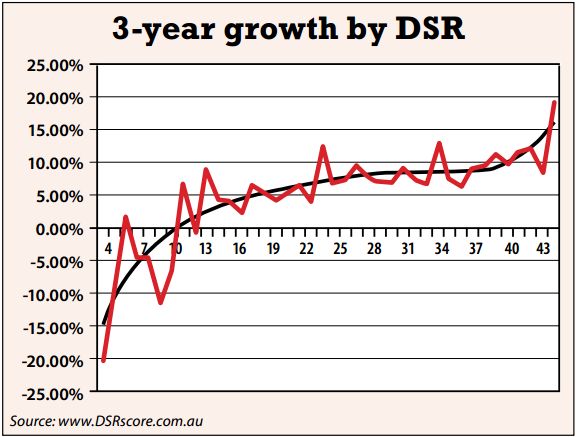Jeremy Sheppard calculates the cost of selling versus the cost of holding on to your investment
Almost every property investor at some time or another has asked themselves whether or not they should sell an investment property they currently own. There are so many variables to the equation that making a decision can end up feeling like guesswork. I’ll outline a few key points in this article, hopefully to make it easier for you to get back to sleep next time the question pops up.
- Valuation
This is usually only about $200 if it’s not free.
- Loan establishment fee
- Lenders Mortgage Insurance
- Professional inspections
- Stamp duty
- Total cost of recycling equity

